Characteristics of Three Forensic Veterinary Cases Involving Pet Deaths in Domestic Murder-Suicide Incidents
Simple Summary
Abstract
1. Introduction
2. Method
3. Case Presentation
3.1. Case 1
3.1.1. Owner and Pet
3.1.2. Circumstances at Discovery
3.1.3. Cause of Death—Human Victim (Husband)
3.1.4. Cause of Death—Dog
3.1.5. Suspected Motive (Based on Police Information)
3.2. Case 2
3.2.1. Owner and Pet
3.2.2. Circumstances at Discovery
3.2.3. Cause of Death—Perpetrator (Female)
3.2.4. Cause of Death—Victim (Male)
3.2.5. Cause of Death—Dog
3.2.6. Suspected Motive (Based on Police Information)
3.3. Case 3
3.3.1. Owner and Pet
3.3.2. Circumstances at Discovery
3.3.3. Cause of Death—Victim (Daughter)
3.3.4. Cause of Death—Perpetrator (Father)
3.3.5. Cause of Death—Dog
3.3.6. Suspected Motive (Based on Police Information)
4. Discussion
5. Conclusions
Author Contributions
Funding
Institutional Review Board Statement
Informed Consent Statement
Data Availability Statement
Acknowledgments
Conflicts of Interest
References
- Roncallo, A.; Barranco, R.; Molinari, G.; Drommi, M.; Ventura, F. Homicide-Suicides in the Genoa District (North-West Italy): A Retrospective Study from 2007 to 2018. Rom. J. Leg. Med. 2021, 29, 20–27. [Google Scholar] [CrossRef]
- Bernie, A. Men Who Murder Their Families: What the Research Tells Us. Natl. Inst. Justice J. 2010, 266, 10–12. [Google Scholar]
- Oxley, J.A.; Montrose, V.T.; Feldman, M.D. Pets and human suicide. J. Am. Vet. Med. Assoc. 2016, 249, 740–741. [Google Scholar] [CrossRef] [PubMed]
- Young, J.; Oxley, J.A.; Montrose, V.T.; Herzog, H. Peticide: An Analysis of Online News Media Articles of Human Suicide Involving Pet Animals. Anthrozoös 2022, 2, 179–194. [Google Scholar] [CrossRef]
- Garcia Pinillos, R.; Appleby, M.C.; Manteca, X.; Scott-Park, F.; Smith, C.; Velarde, A. One Welfare—A platform for improving human and animal welfare. Vet. Rec. 2016, 179, 412–413. [Google Scholar] [CrossRef] [PubMed]
- Tarazona, A.M.; Ceballos, M.C.; Broom, D.M. Human Relationships with Domestic and Other Animals: One Health, One Welfare, One Biology. Animals 2019, 10, 43. [Google Scholar] [CrossRef]
- Colonius, T.J.; Earley, R.W. One welfare: A call to develop a broader framework of thought and action. J. Am. Vet. Med. Assoc. 2013, 242, 309–310. [Google Scholar] [CrossRef] [PubMed]
- Knoll, J.L. Understanding Homicide–Suicide. Psychiatr. Clin. N. Am. 2016, 39, 633–647. [Google Scholar] [CrossRef] [PubMed]
- Oya, Y.; Ishihara, K.; Shiko, Y.; Kawasaki, Y.; Iwase, H. A Descriptive Study of the Characteristics of Homicide-Suicide in Forensic Autopsy Cases. J. Interpers. Violence 2024, 39, 1473–1495. [Google Scholar] [CrossRef] [PubMed]
- Jensen, L.L.; Gilbert, J.D.; Byard, R.W. Coincident deaths: Double suicide or murder-suicide? Med. Sci. Law 2009, 49, 27–32. [Google Scholar] [CrossRef] [PubMed]
- Schwab-Reese, L.M.; Peek-Asa, C. Factors contributing to homicide-suicide: Differences between firearm and non-firearm deaths. J. Behav. Med. 2019, 42, 681–690. [Google Scholar] [CrossRef] [PubMed]
- Association, J.P.F. National Survey of Dog and Cat Ownership. Available online: https://petfood.or.jp/data-chart/ (accessed on 17 July 2025). (In Japanese).
- Su, B.; Koda, N.; Martens, P.; Kret, M.E. How Japanese companion dog and cat owners’ degree of attachment relates to the attribution of emotions to their animals. PLoS ONE 2018, 13, e0190781. [Google Scholar] [CrossRef] [PubMed]
- Lee, A.; Ou, Y.; Lam, S.; So, K.; Kam, C. Non-accidental carbon monoxide poisoning from burning charcoal in attempted combined homicide-suicide. J. Paediatr. Child Health 2002, 38, 465–468. [Google Scholar] [CrossRef] [PubMed]
- Ishihara, K.; Iwase, H. Reform of the death investigation system in Japan. Med. Sci. Law 2020, 60, 216–222. [Google Scholar] [CrossRef] [PubMed]
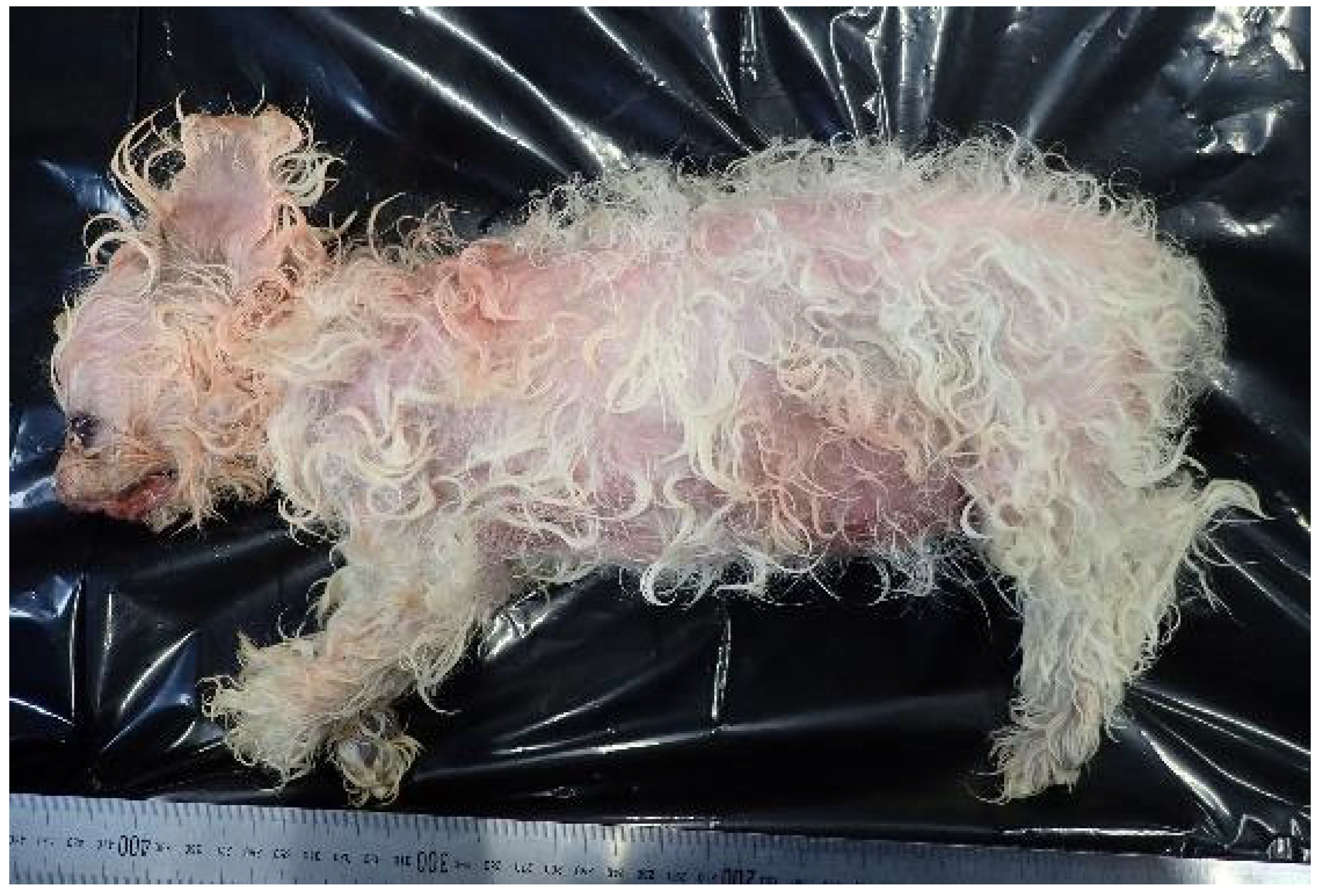
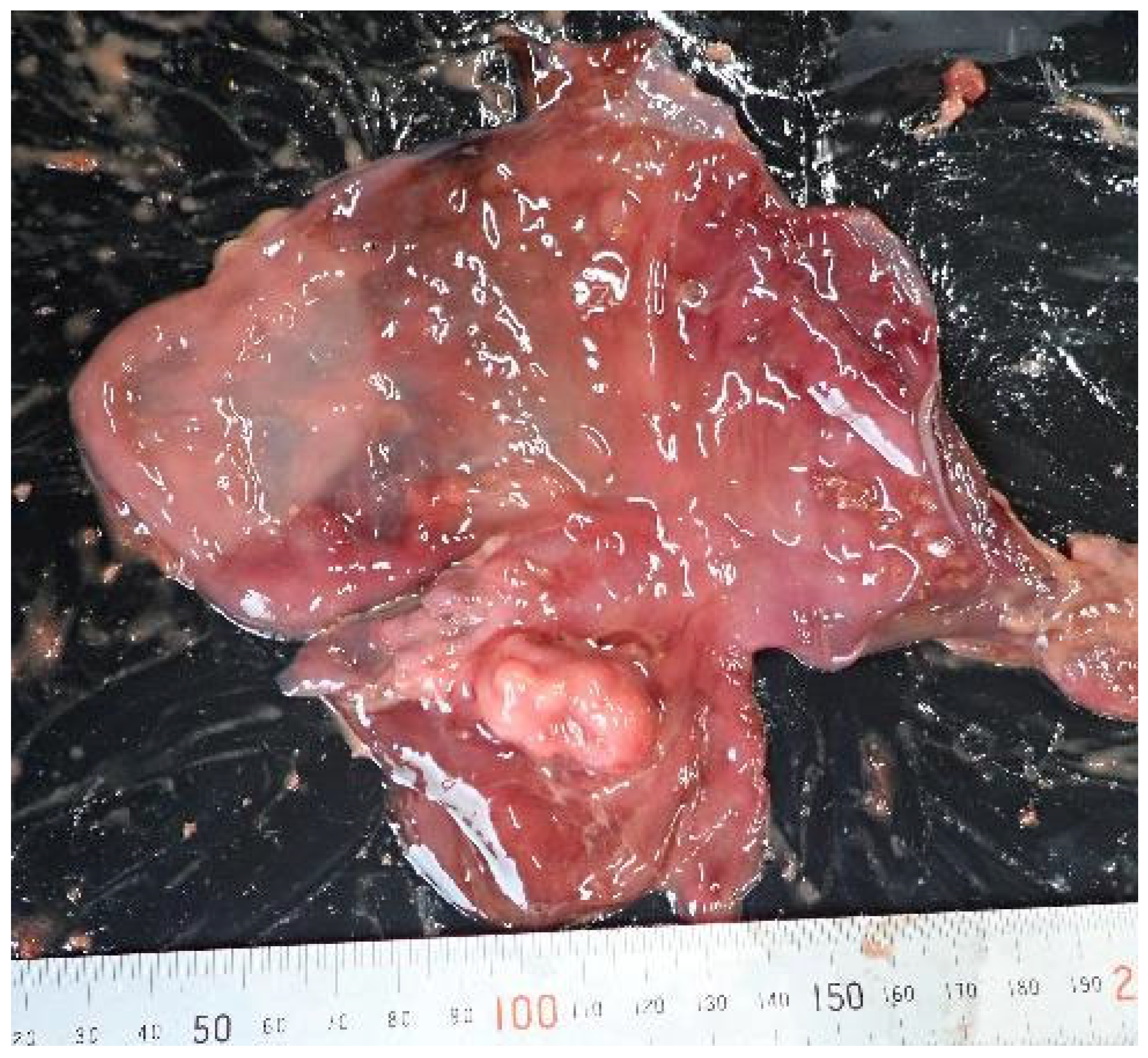
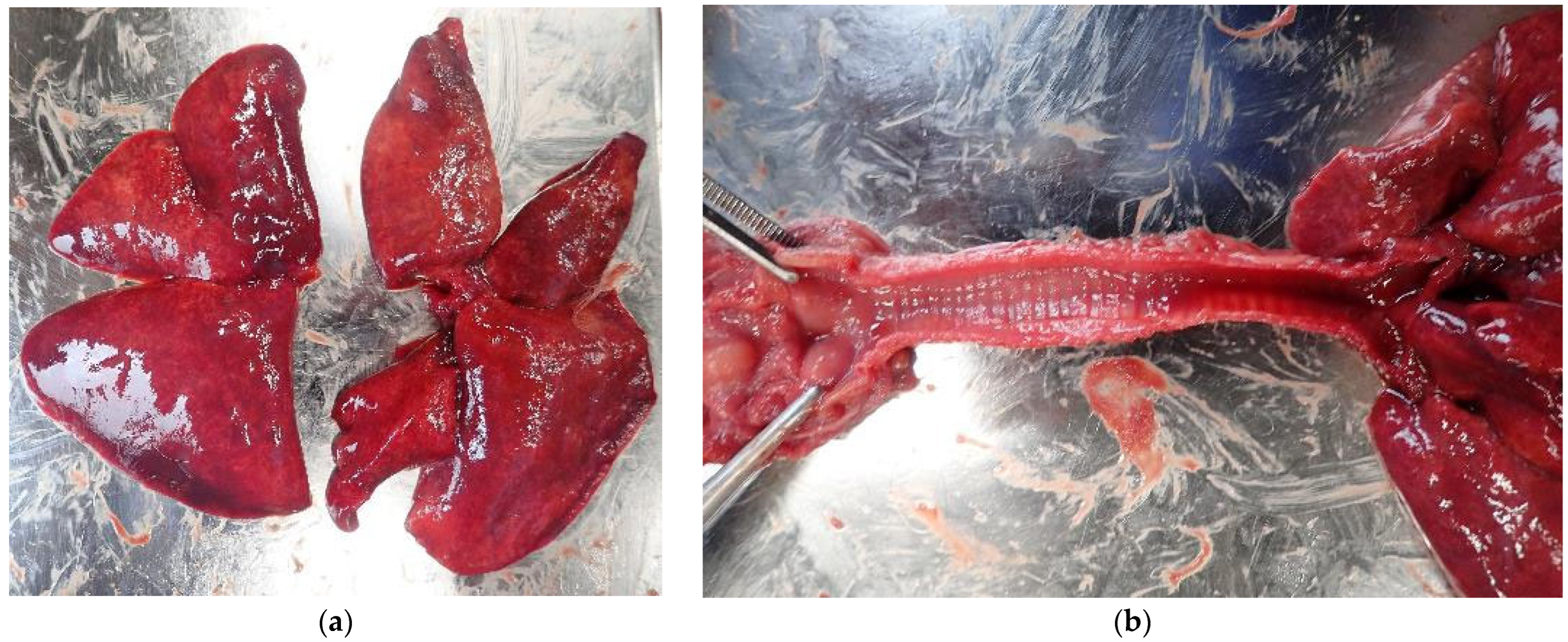
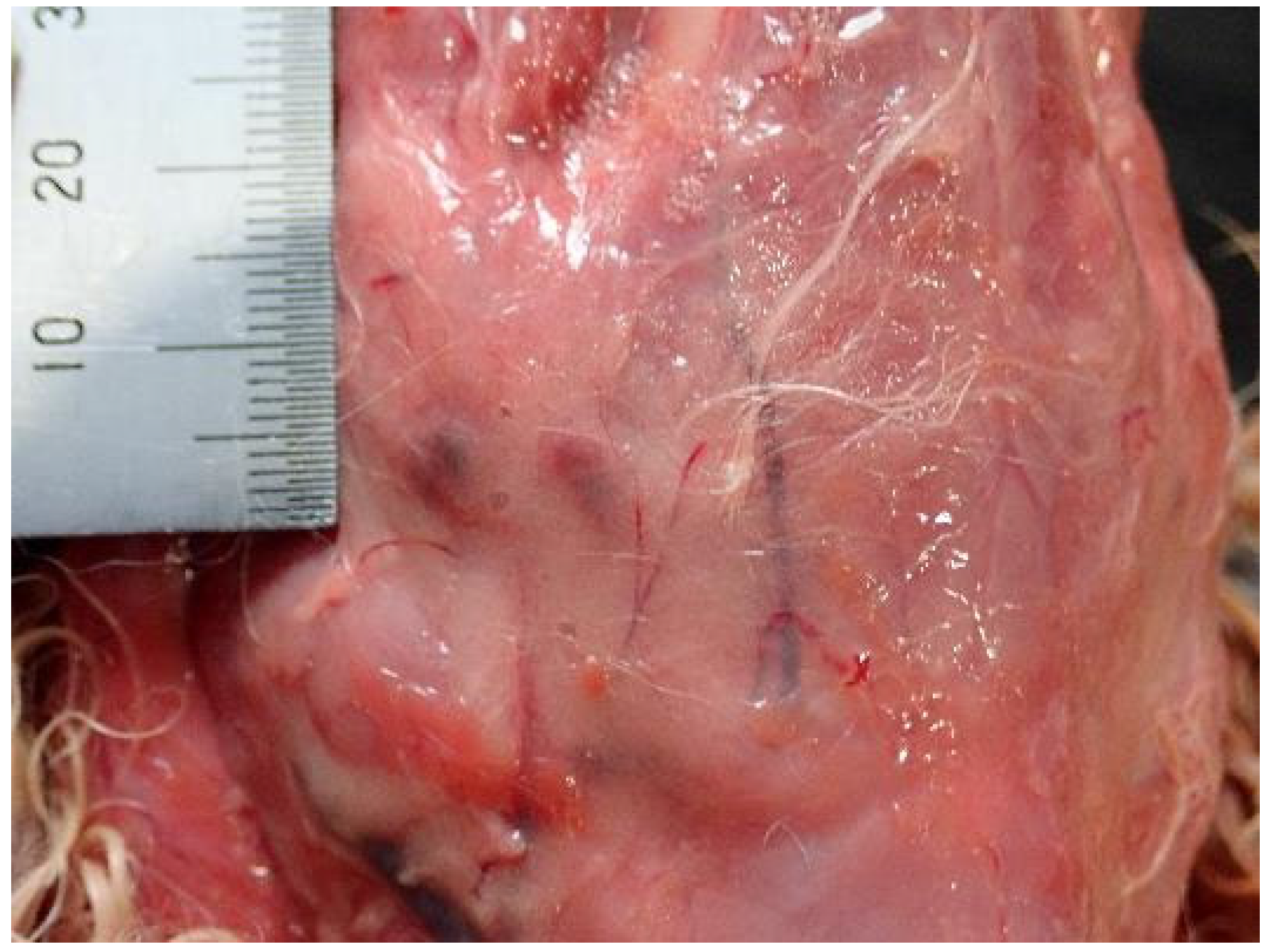
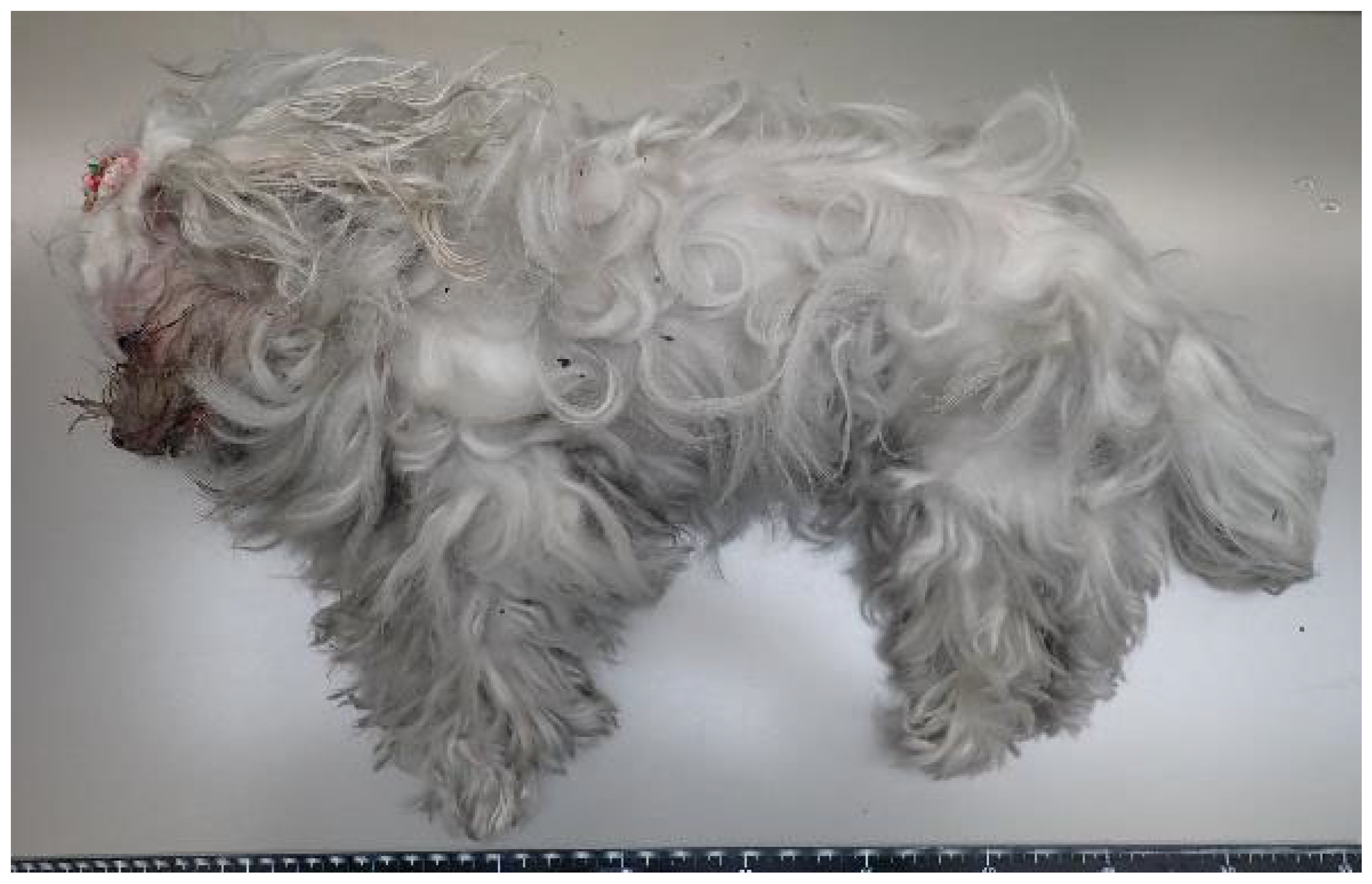
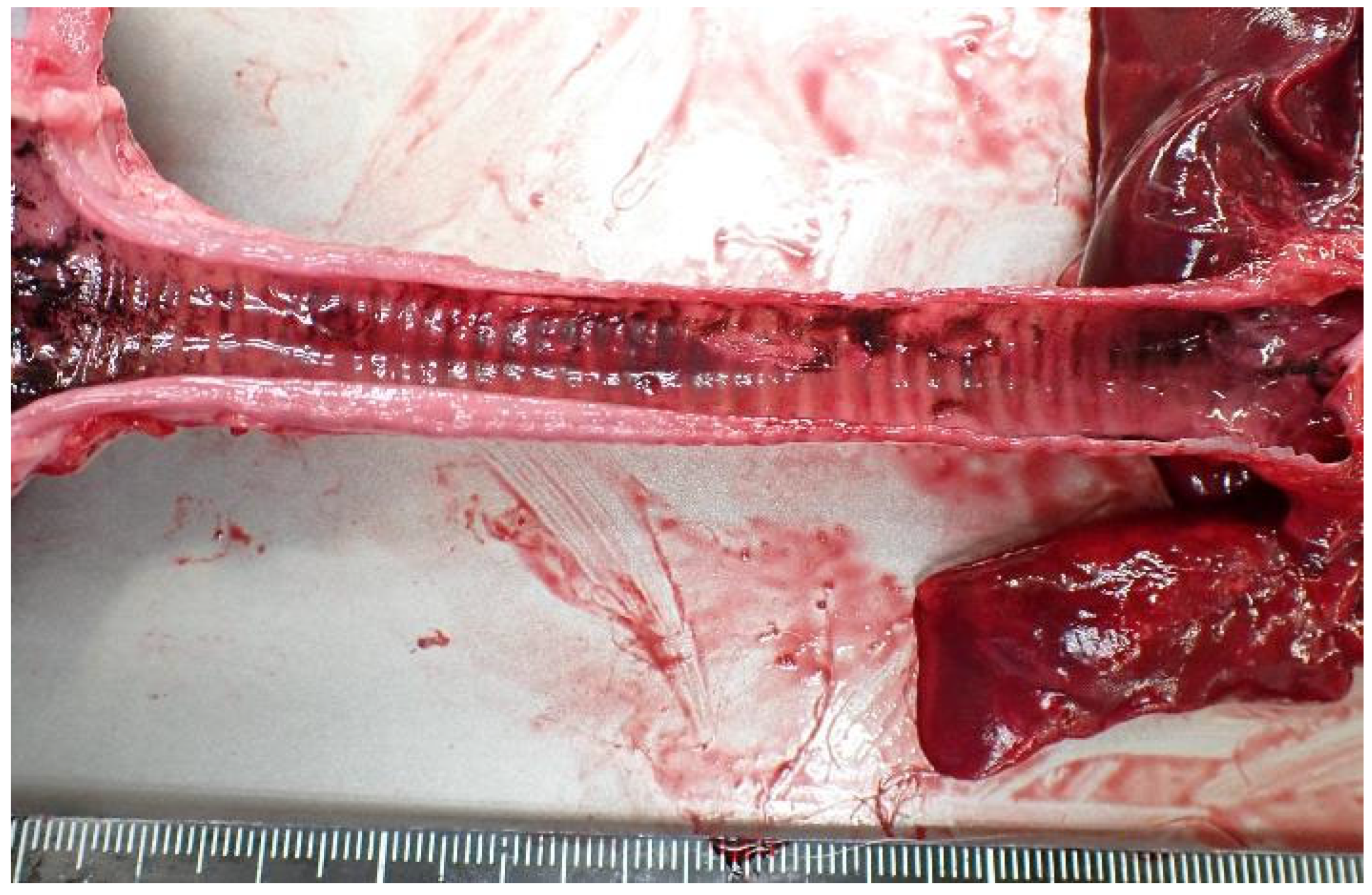
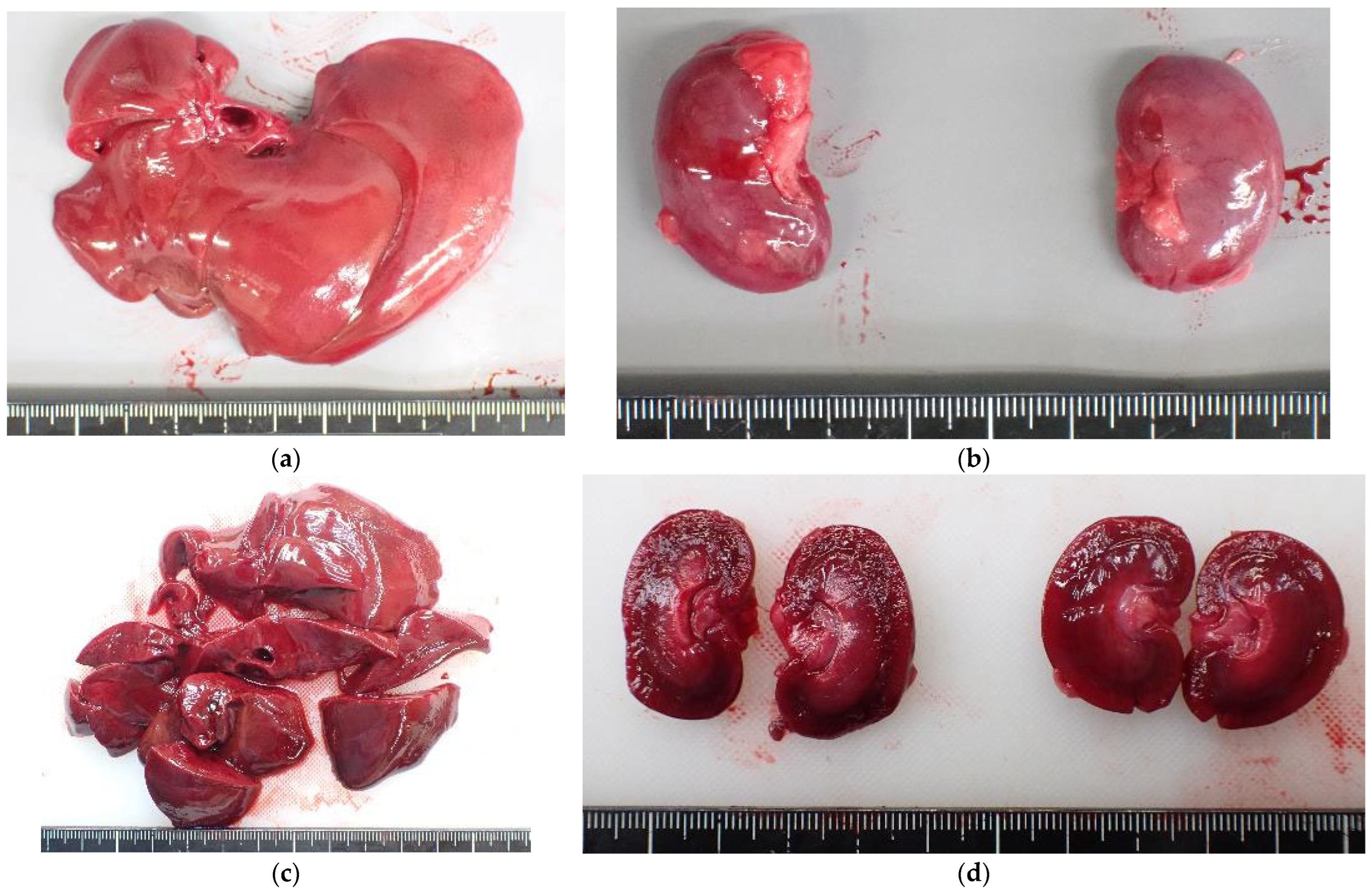
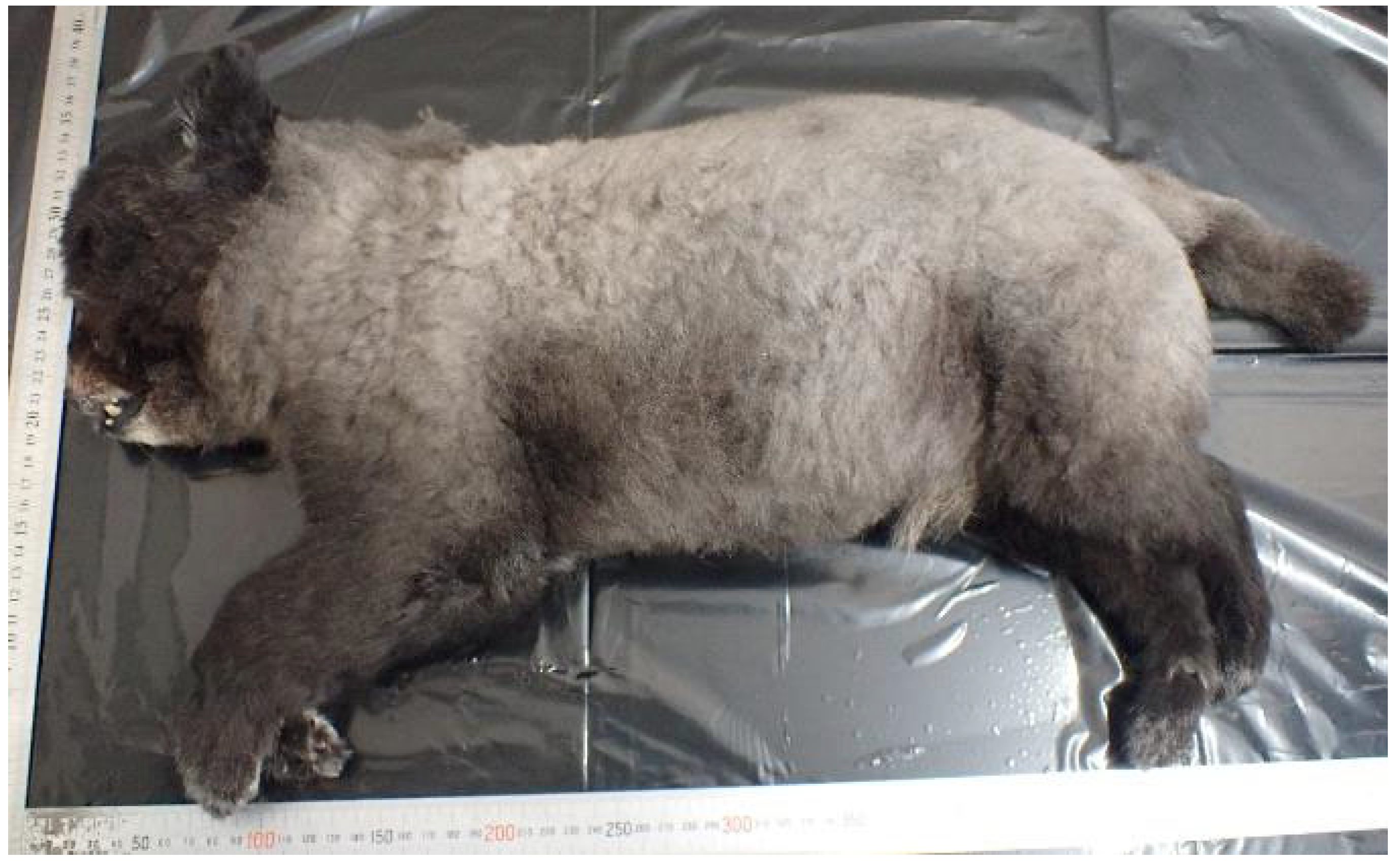

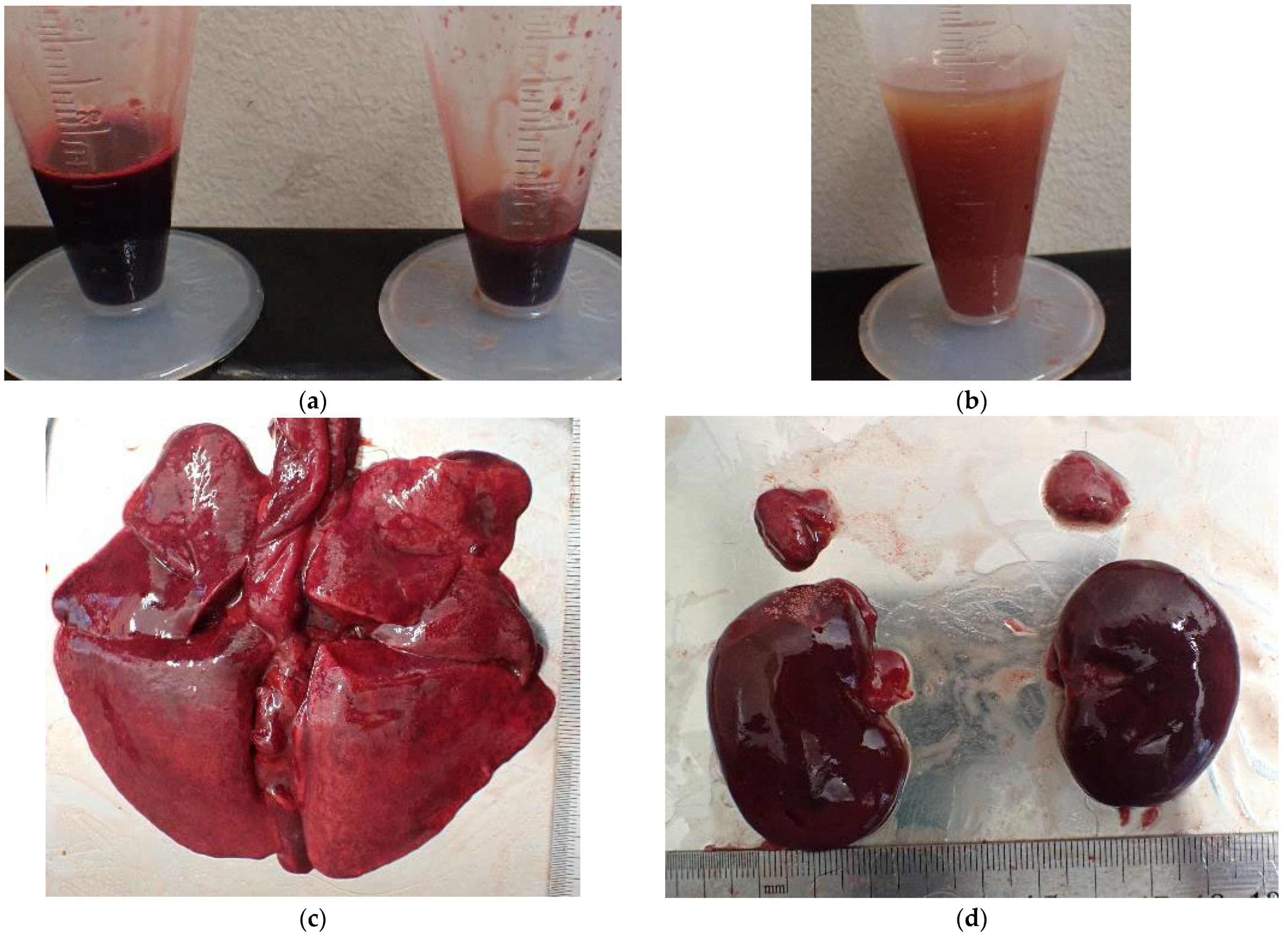

| Perpetrator (N) | Human Victims (N) | Animal Victims (N) | |
|---|---|---|---|
| Age | 50s (1), 70s (2) | 40s (1), 70s (2) | Middle age (3) |
| Sex | Male (1), Female (2) | Male (2), Female (1) | Male (1), Female (2) |
| Animal species and numbers | - | - | One toy dog (3) |
| The site of death | Bedroom (1), Unknown (1) | Bathroom (1), Unknown (2) | Living room (1), Bathroom (1), Inside shirt (1) |
| The cause of death | Completed suicide (2): Asphyxiation due to neck compression (1), Carbon monoxide poisoning (1); Attempted suicide (1): Drowning (1) | Asphyxiation due to neck compression (2), Death by fire (1) | Asphyxiation due to neck compression (2), Carbon monoxide poisoning (1) |
| Motive | Exhaustion from caregiving responsibilities (1), Family-related stress (1), Unknown (1) | ||
Disclaimer/Publisher’s Note: The statements, opinions and data contained in all publications are solely those of the individual author(s) and contributor(s) and not of MDPI and/or the editor(s). MDPI and/or the editor(s) disclaim responsibility for any injury to people or property resulting from any ideas, methods, instructions or products referred to in the content. |
© 2025 by the authors. Licensee MDPI, Basel, Switzerland. This article is an open access article distributed under the terms and conditions of the Creative Commons Attribution (CC BY) license (https://creativecommons.org/licenses/by/4.0/).
Share and Cite
Kihara, Y.; Makino, Y.; Torimitsu, S.; Chiba, F.; Iwase, H.; Nakajima, M.; Tanaka, A. Characteristics of Three Forensic Veterinary Cases Involving Pet Deaths in Domestic Murder-Suicide Incidents. Animals 2025, 15, 2504. https://doi.org/10.3390/ani15172504
Kihara Y, Makino Y, Torimitsu S, Chiba F, Iwase H, Nakajima M, Tanaka A. Characteristics of Three Forensic Veterinary Cases Involving Pet Deaths in Domestic Murder-Suicide Incidents. Animals. 2025; 15(17):2504. https://doi.org/10.3390/ani15172504
Chicago/Turabian StyleKihara, Yuko, Yohsuke Makino, Suguru Torimitsu, Fumiko Chiba, Hirotaro Iwase, Makoto Nakajima, and Aki Tanaka. 2025. "Characteristics of Three Forensic Veterinary Cases Involving Pet Deaths in Domestic Murder-Suicide Incidents" Animals 15, no. 17: 2504. https://doi.org/10.3390/ani15172504
APA StyleKihara, Y., Makino, Y., Torimitsu, S., Chiba, F., Iwase, H., Nakajima, M., & Tanaka, A. (2025). Characteristics of Three Forensic Veterinary Cases Involving Pet Deaths in Domestic Murder-Suicide Incidents. Animals, 15(17), 2504. https://doi.org/10.3390/ani15172504






